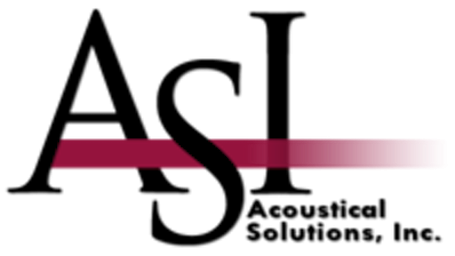Why Taking the One Size Fits All Approach Doesn't Work.
Written By: Amy DuFrane
Human capital is an organization’s number one expense. The competition for top talent is becoming greater as the labor force is shrinking. Companies are finding it increasingly more difficult to not only obtain, but retain top talent. It is critical that companies take a look at their workplace design to ensure that their environment is conducive to happy, healthy, engaged and productive employees.
Having a fully engaged, high performance workforce is vital for corporate growth and survival. According to Gallup’s study on The State of the Global Workplace, only 29% of US employees are engaged. This means that over 70% of employees are either “not engaged” or “actively disengaged”; these employees are potentially unhappy and are less likely to be productive. Unengaged employees are also likely to spread their discontentment to other workers. Today’s office design has often times overlooked individual differences and workplace needs contributing to dissatisfaction in the workplace. In order to increase engagement, it is important that organizations understand that not everyone is the same and the one size fits all approach does not work. Work activity types and personality differences must be taken into consideration when designing an effective workspace.
According to Susan Cain: Quiet: The Power of Introverts in a World that Can’t Stop Talking, 1/3 to 1/2 of the population are introverts. When setting up a workspace, it is important to design the space in such a way to consider personality differences and various types of work activities. Introverts and extroverts have completely different needs. Introverts are comfortable and enjoy being alone. They are deep thinkers that are easily drained by loud, overly active environments. They can also become mentally exhausted by being around people for too long and need quiet places where they can recharge. Although they like to socialize, they prefer not to be the center of attention in a large group.
Extroverts on the other hand, like to be around other people. Many get energy from interaction with others. They would prefer not to work alone; they are more productive and thrive in open office environments. Extroverts tend to like to work in teams with lots of collaboration with others.
With these two drastically different personality types in all organizations, it is crucial that the workplace is designed to meet the needs and preferences for both. One proven solution is an activity based workspace. In an ABW, the workspace is designed in such a way that individuals have access to work environments that they need to best perform their daily tasks. Employees have the option to work in an environment that suites them best whether it be an open, collaborative environment, a quiet private area or team areas. When companies have changed to an activity based workspace they have experienced:
- Increased Employee Engagement
- Increased Employee Satisfaction, Productivity and Retention
- Reduced Real Estate and Turnover Costs
As part of the design process, it is also important to remember that proper acoustics is vital. In corporate environments, sound masking has become a key component that addresses the speech privacy needs of employees in the open plan and in private offices. Sound masking works by subtlety raising the ambient background sound level. Raising the ambient level, effectively "masks" unwanted noise, makes speech unintelligible (creating privacy), and makes the work environment acoustically comfortable. This is good news for all companies that must balance the need to concentrate, collaborate and communicate in the same working environment. By creating environments that support both heads down work and collaborative efforts, sound masking and activity based workspaces improve productivity, comfort, and overall workplace efficacy.
